The aquarium pleco, also known as the suckermouth catfish or armored catfish, is a popular freshwater fish among aquarists. These fish are native to the rivers and streams of South America and are known for their unique appearance and cleaning abilities. In this article, we will explore the various aspects of the aquarium pleco, including their physical characteristics, behavior, habitat, diet, and care.
Physical Characteristics
The aquarium pleco is a relatively large fish, with adult sizes ranging from 4 to 24 inches in length. They have a flat, elongated body shape, which is covered in bony plates or armor. These plates are what gives them their nickname “armored catfish.” The color of the aquarium pleco can vary depending on the species, but most commonly they are dark brown, black, or gray.
One of the most unique features of the aquarium pleco is their mouth, which is located on the underside of their body. This mouth is designed for suction, which allows them to attach to surfaces such as rocks, wood, or aquarium glass. This ability to attach to surfaces is what makes them such effective cleaners in the aquarium.
Behavior
Aquarium plecos are primarily nocturnal, meaning they are most active at night. During the day, they will typically hide in caves, under rocks, or in other hiding places in the aquarium. They are also solitary fish and will generally prefer to be alone, although they can coexist peacefully with other fish species.
When it comes to their cleaning abilities, aquarium plecos are quite effective at removing algae from surfaces in the aquarium. They will use their suction mouth to attach to the surface and then scrape off the algae with their teeth. However, they are not able to clean the entire aquarium on their own and should be supplemented with other algae-eating fish or manual cleaning.
Habitat
In the wild, aquarium plecos are found in the rivers and streams of South America. They prefer areas with moderate to fast-moving water and will typically be found near the riverbed or other surfaces where they can attach with their suction mouth.
In the aquarium, it is important to provide a similar environment for the aquarium pleco. This includes a substrate of sand or small rocks to mimic the riverbed, as well as caves or other hiding places. They also require a moderate to strong water flow in the aquarium.
Diet
In the wild, aquarium plecos are omnivorous and will eat a variety of foods including algae, insects, and plant matter. In the aquarium, they should be fed a balanced diet that includes both plant-based and meat-based foods. This can include algae wafers, sinking pellets, and blanched vegetables such as zucchini or cucumber.
It is important not to overfeed aquarium plecos, as they have a tendency to become overweight. Overfeeding can also lead to poor water quality in the aquarium, which can be harmful to the fish.
Different Species:
There are over 150 species of plecos, each with their unique characteristics and requirements. Below, we will explore some of the most popular species of plecos.
Bristlenose Pleco (Ancistrus sp.)
The Bristlenose pleco is a popular species among aquarists due to its compact size and ability to clean algae. They are native to the rivers and streams of South America and are known for their flat, round body shape and bristly whiskers. Bristlenose plecos can grow up to 5 inches in length and require a minimum tank size of 20 gallons. They are omnivores and should be fed a balanced diet of algae wafers, sinking pellets, and blanched vegetables.
Common Pleco (Hypostomus plecostomus)
The common pleco is one of the largest species of plecos and can grow up to 2 feet in length. They are native to the rivers and streams of South America and are known for their dark brown, black, or gray coloration and bony plates or armor. Common plecos are omnivores and should be fed a balanced diet of algae wafers, sinking pellets, and blanched vegetables. They require a minimum tank size of 100 gallons and a strong filtration system due to their large size and high waste production.
Rubber Lip Pleco (Chaetostoma sp.)
The Rubber Lip pleco is a peaceful species that is known for its cleaning abilities. They are native to the rivers and streams of South America and are known for their dark brown or black coloration and rubbery lips. Rubber Lip plecos can grow up to 5 inches in length and require a minimum tank size of 20 gallons. They are omnivores and should be fed a balanced diet of algae wafers, sinking pellets, and blanched vegetables.
The Clown pleco is a colorful species that is popular among aquarists due to its unique appearance. They are native to the rivers and streams of South America and are known for their bright orange or yellow coloration with black spots. Clown plecos can grow up to 4 inches in length and require a minimum tank size of 20 gallons. They are omnivores and should be fed a balanced diet of algae wafers, sinking pellets, and blanched vegetables.
Zebra Pleco (Hypancistrus zebra)
The Zebra pleco is a highly sought-after species among aquarists due to its striking appearance. They are native to the Rio Xingu in Brazil and are known for their black and white striped coloration. Zebra plecos can grow up to 3 inches in length and require a minimum tank size of 20 gallons. They are omnivores and should be fed a balanced diet of algae wafers, sinking pellets, and blanched vegetables.
Care
Regardless of the species, plecos require a suitable habitat that includes a substrate of sand or small rocks, as well as caves or other hiding places. They also require a moderate to strong water flow in the aquarium. Plecos are generally hardy fish and are relatively easy to care for. However, they do have some specific care requirements that should be considered. It is important to maintain good water quality in the aquarium, including regular water changes, testing the water parameters, and ensuring proper filtration. Overcrowding should also be avoided, as plecos prefer to be solitary fish.
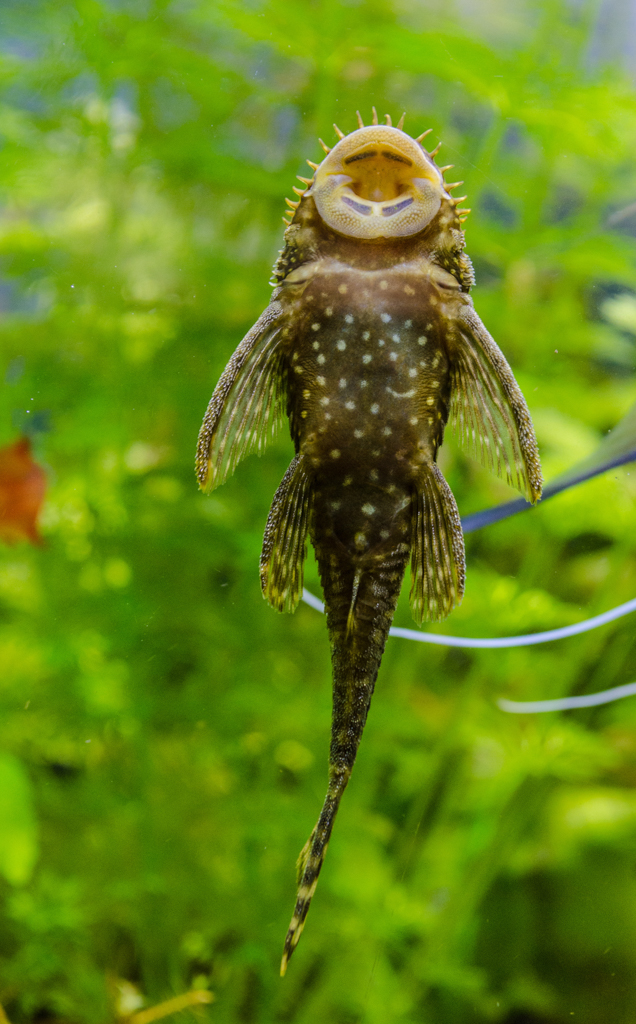
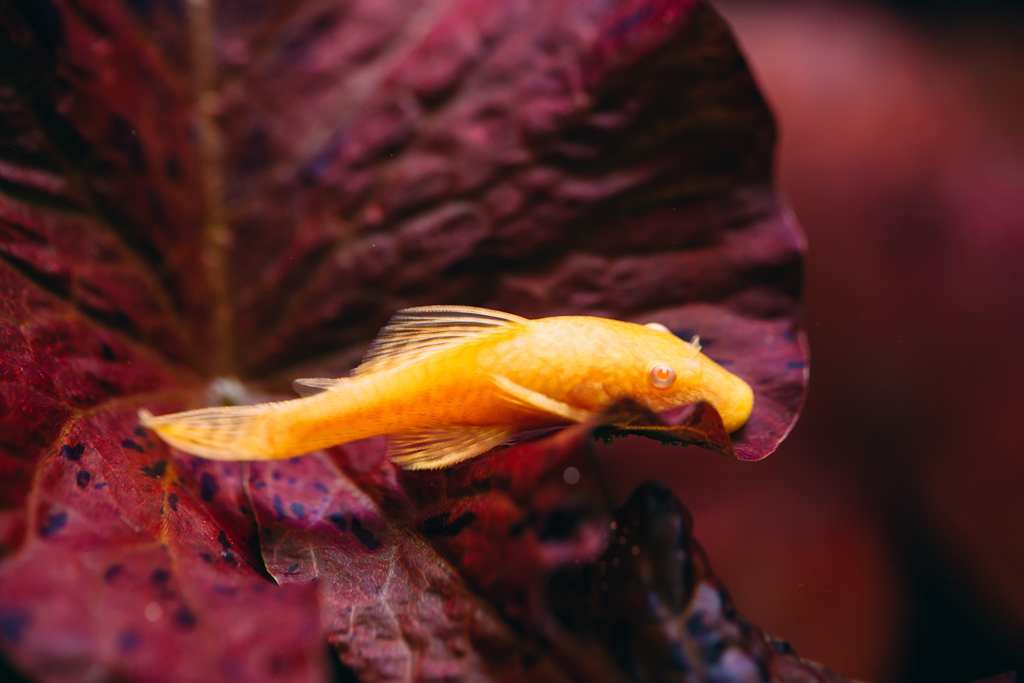
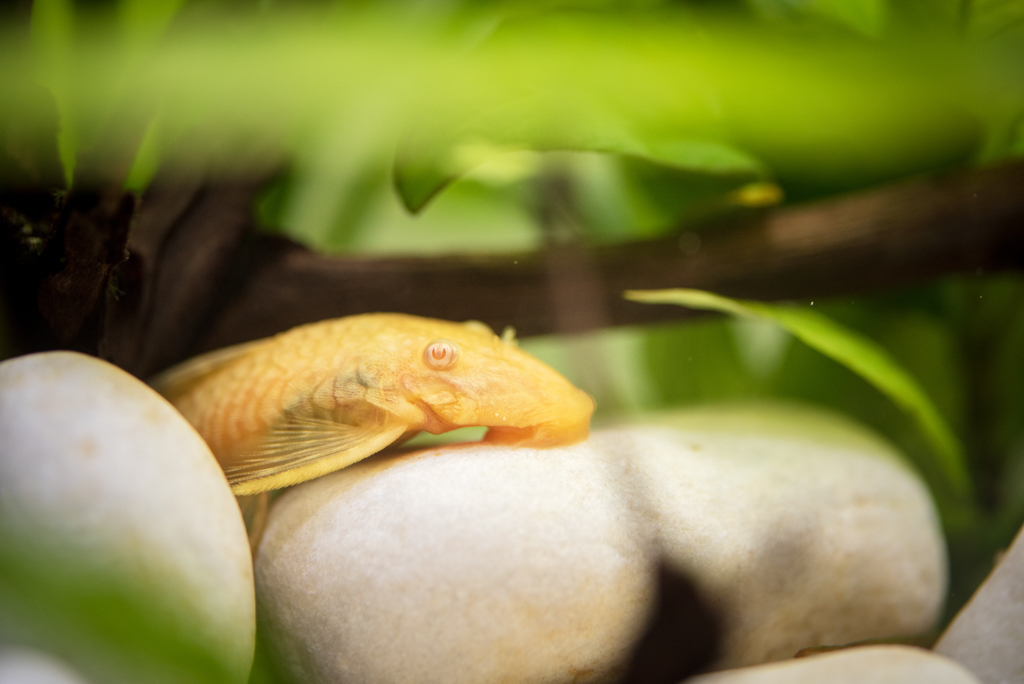
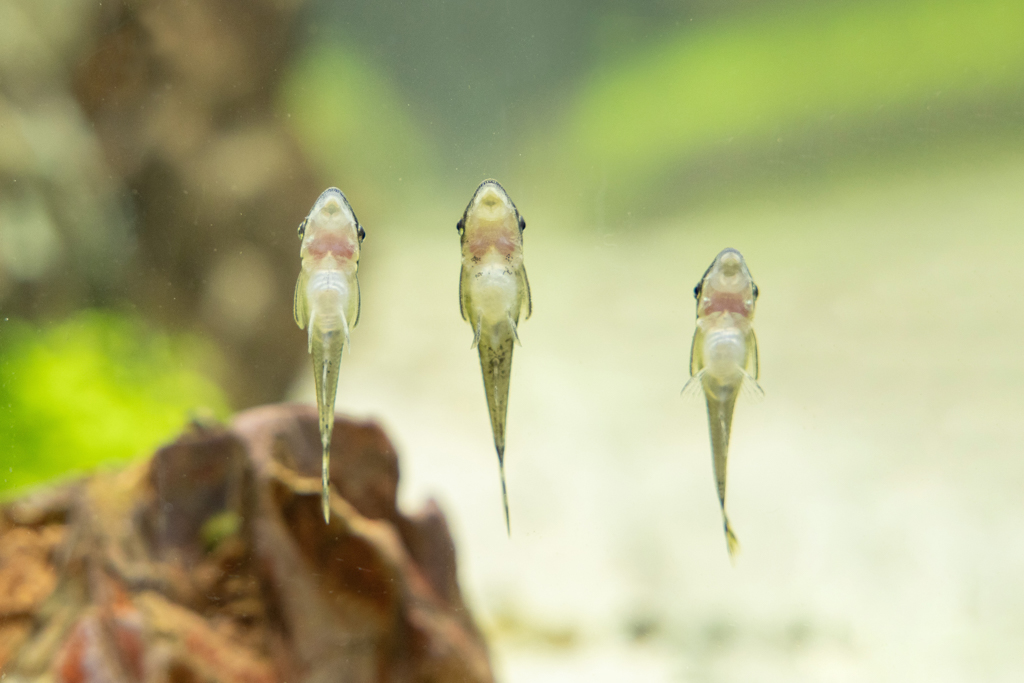
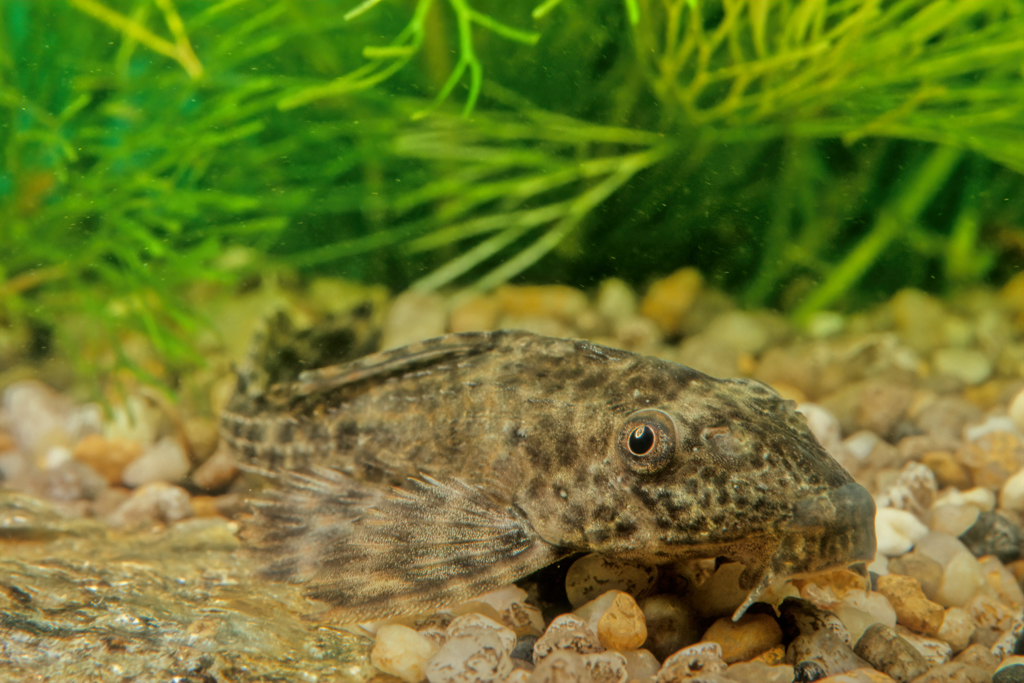

![]()
